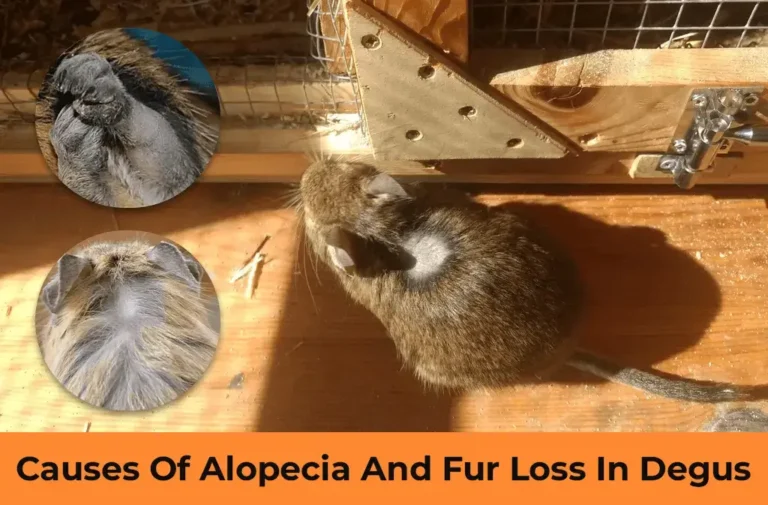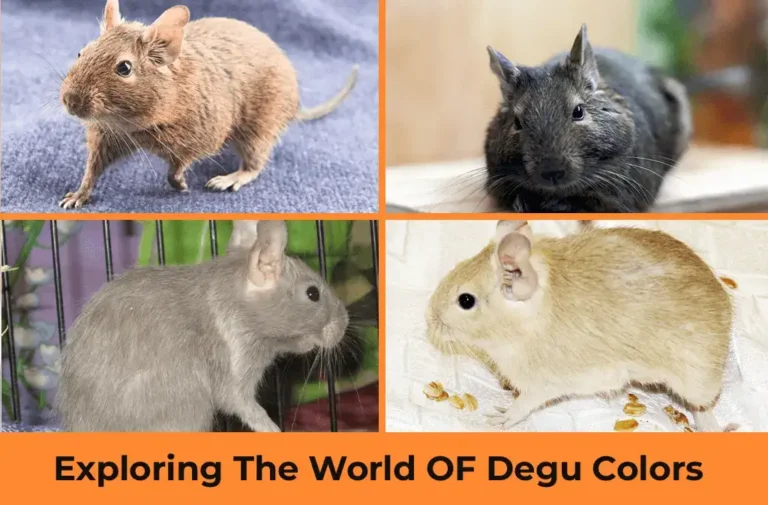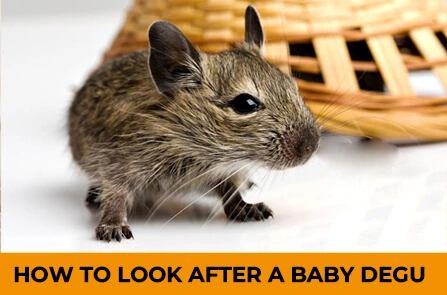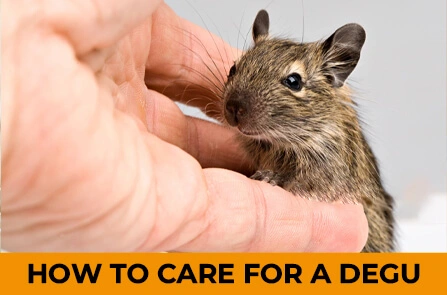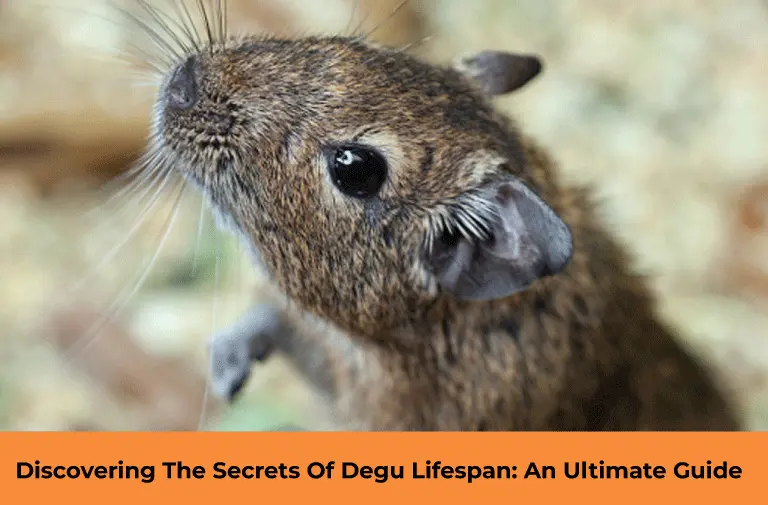Exploring The World OF Degu Colors
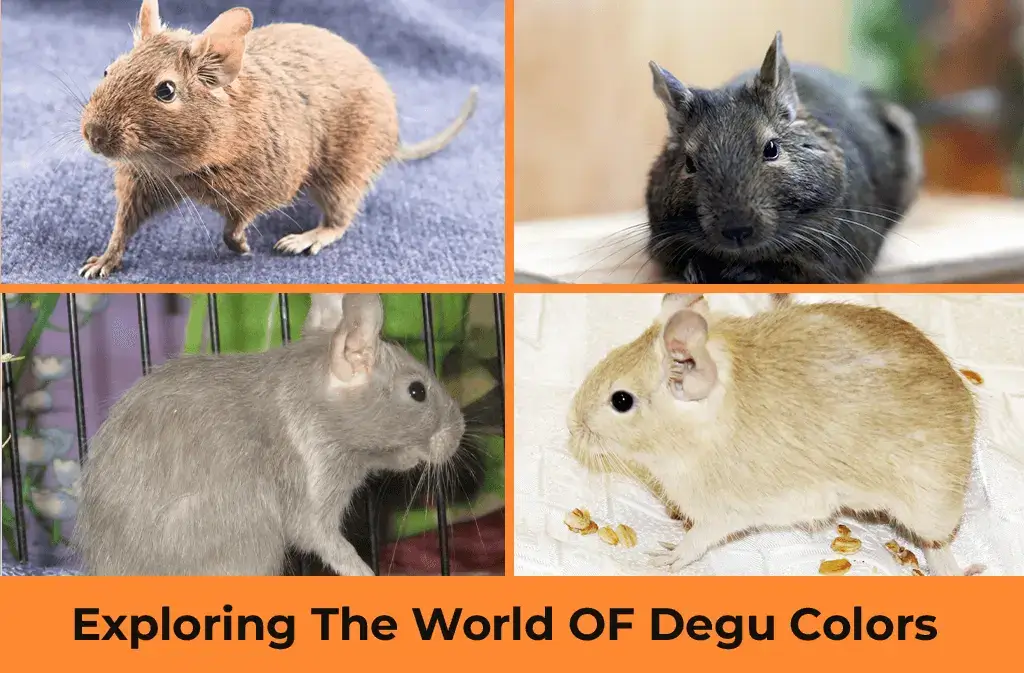
Are you considering keeping Degus as a domesticated pet? These cute little rodents might surprise you with their different fur colors. These rodents can be found in various colors because of the mutation in their genes. Whether a breeder, researcher, or pet enthusiast, you must understand the different degu colors before keeping them as pets. Because of these different hues, these rodents have been a center of attraction among pet enthusiasts. Let’s move forward and explore the fascinating colors of this cute bundle of joy.
The Tale Behind Degu Colors
The primary degu colors are black and red, known as eumelanin and phoemelanin. The rodents’ pet genes help in the amount and distribution of these pigments on their fur. Usually, breeders learn about these different shades and their genes. Their experiments resulted in these rodents’ various colors, shades, and pigmentation. Below are the other shades that resulted from breeders’ experiments and genetic mutation.
Natural Agouti Coat
It is the natural fur color of these rodents. Their fur becomes light brown, containing pigments of beige and black. This natural agouti coat helps them evade predators or camouflage. Their fur coloration in their natural rocky habitat helps them avoid predators and hide. Having a dark base and lighter bands gives them a natural agouti effect.
Spectrum Of Different Colors
Selective breeding has unlocked the kaleidoscope of colors. Some color variations of these little creatures are listed below.
Black Degus
These rodents’ black shade is an alternative to the natural agouti. They have dark brown fur that is almost black. The black eumelanin spread throughout their coat because of genetic mutation. The black areas of the fur enlarge because of mutation in their agouti locus.
Blue Fur
Have you ever seen Degu colors in steel blue or light grey? These shades are the result of genetic mutation. They are beyond their natural agouti hue. This non-agouti mutation results from dilution in the blue genes. The shades of this blue coloration vary from pale to deep blue.
Sand/Red Shade
Degu colors are also available in a range of reddish hues. They vary from clay shades to the creamy red hue. Because of the modification in their recessive genes, the black pigments get affected, which results in the sand or red coloration.
Creamy Hue
The pairing of sand and blue-colored degus resulted in a creamy hue. Their coats are lighter than those of sand-shaded degus. Their fur color changes darker with their growth, along with gray tips.

Chocolate Color
It is a non-agouti color caused by the mutation in their recessive genes. Because of this mutation, the black shade transforms into a dark brown or chocolaty shade.
Piebalds: A Swash Of White
Degus also undergoes piebald patches, markings of white and black. A splash of white markings can disrupt their base color. These markings vary from small patches to extensively large white coverings on the body. Besides this, the white degu colors are not caused by albino mutation but by dilution in their sand color.
Choosing Your Colorful Fellow
All degus make lovely pets. Their fur color is not a concern. They have unique appearances and colors, making them a center of attraction. Besides this, you can consult with a breeder if you prefer their colors. These breeders have different varieties and colors of degu. Before keeping them as pets, you should look at the various colors of these little and adorable creatures.
Summing Up!
Degus are wonderful companions of joy. They have different colors because of mutations in their genes. The unique appearance and fascinating colors of these rodents make them attractive pets. The tale behind their colors is a mutation in their recessive genes. Because of breeding practices and genetic mutation, these colors are the result. The different degu colors are agouti, black, white, blue, sand/red, and chocolate. You can also consult a breeder if you have specific color preferences.

